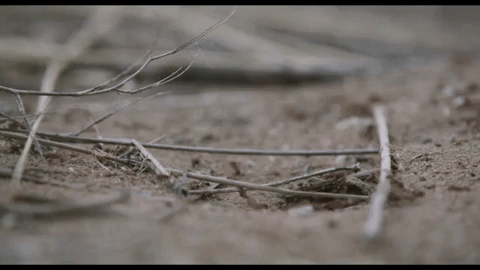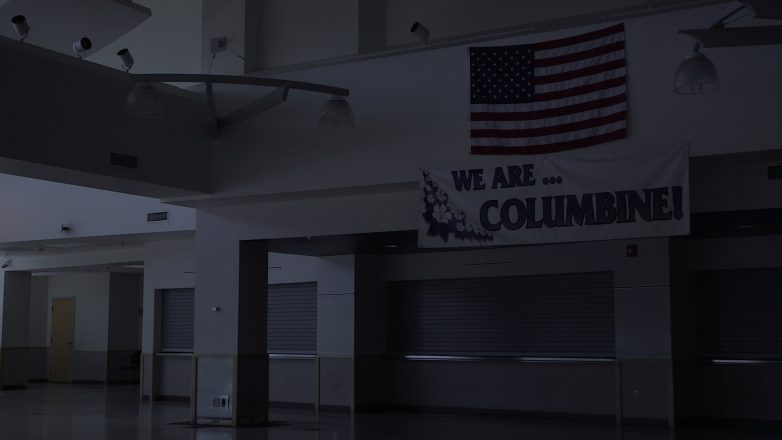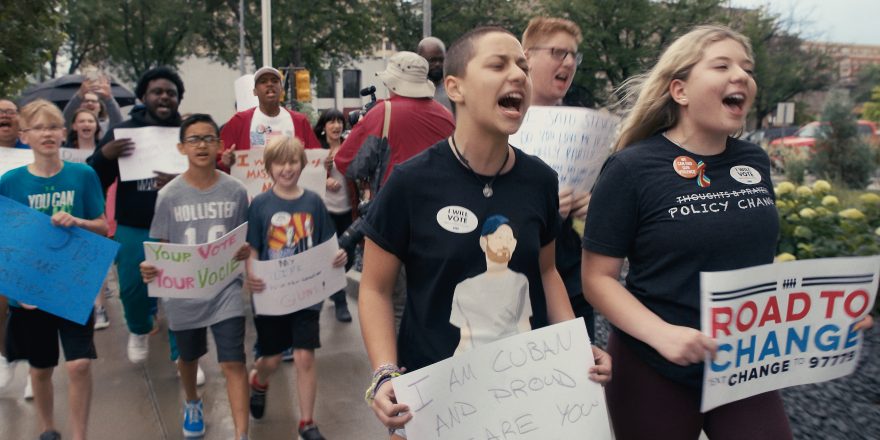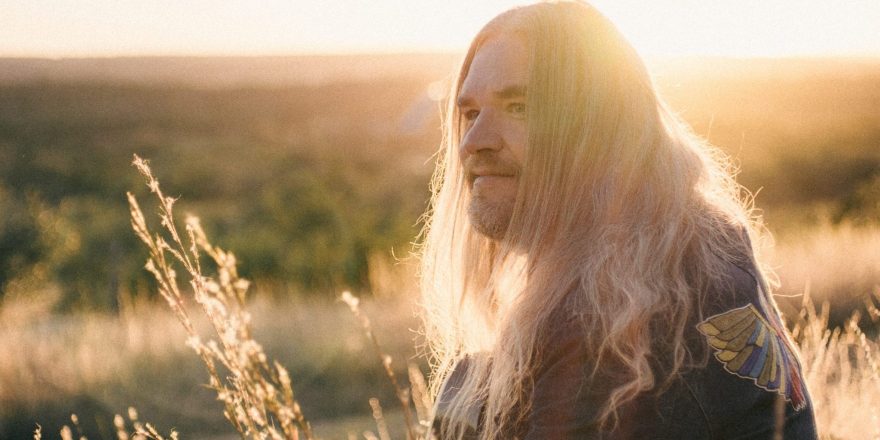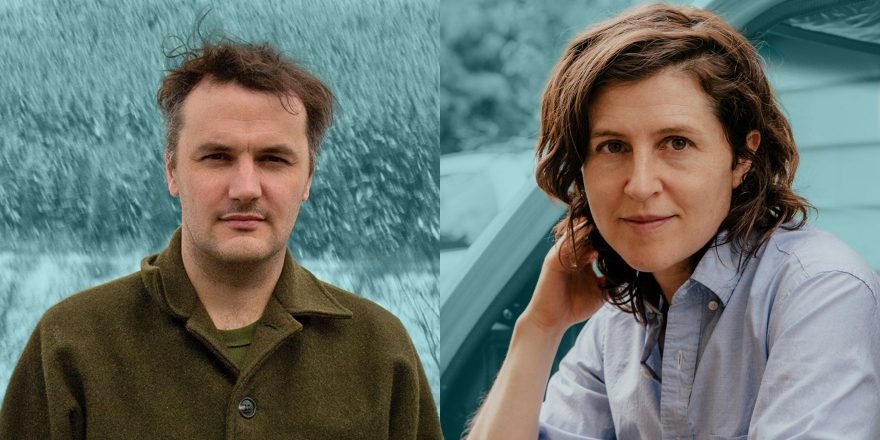In summer 2018, I was in production on Bulletproof, a documentary film that examines violence in American schools by looking at the strategies employed to prevent it. We had just arrived in Commerce City, Colorado, to film a group of teachers at a firearms training. Weeks earlier, we were in Texas City, Texas, filming at a school that had recently purchased two dozen AR-15 assault rifles for their security guards.
In Colorado, we spent a lot of time filming the anthills in the parking lot of the Flatrock Regional Training Center, regularly jolted by the gunfire of groups of teachers running drills on the shooting range. I remember thinking that the ants probably wouldn’t make it into the film, but watching them operate as a kind of superorganism made me think first about community and mutual aid, and as we continued to hold the shot, about white fear and violence. About mobs. About men.
Later that summer, my partner called me from Seattle. She was on tour playing shows every night, and she was exhausted. She was six months pregnant. We were excited, but the due date in December felt strangely far away, and we were both traveling, working, busy. Soon thereafter, we received some test results over the phone. Despite our “geriatric pregnancy,” everything was OK. And the baby was a boy.
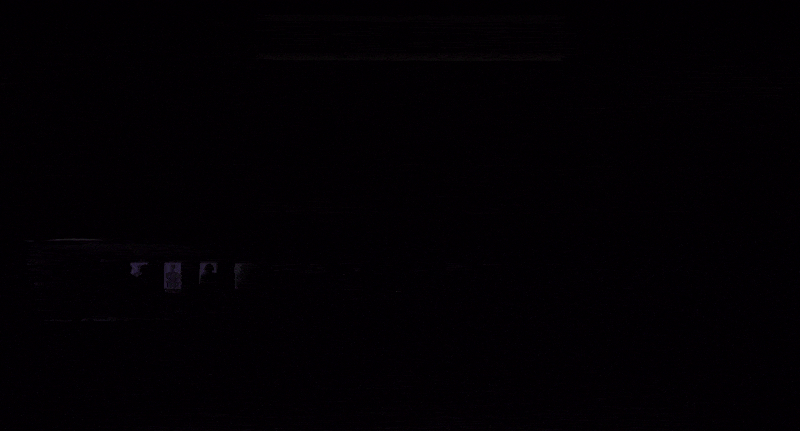
When I headed out to film again, I was increasingly drawn to the behavior of young men, their behavior, body language and interactions: an ROTC student in uniform awkwardly shuffling his feet; a marching band conductor practicing his hand gestures just a little too emphatically during dress rehearsal; two boys hugging in the bleachers. This wasn’t B-roll to tug on heartstrings or material just intended to show the extreme and often expensive measures being taken to protect young children (and alternately surveil and criminalize them, depending on the zip code of their school). For me, Bulletproof was becoming increasingly about masculinity, about the juxtaposition of a set of rituals that share the same deep American roots: homecoming parades, lockdown drills, morning announcements, teachers stepping up to the firing line, the policing and profiling of students of color – and the white school-shooter.
When my partner and I were both back at home, impending parenthood was becoming less of an abstraction. We felt unequipped to raise a boy. Everyone told us that once the child is born, its sex wouldn’t matter at all, that our love would eclipse any such constructs. But at that moment, I was afraid for our child and afraid of him. What will he have to fend off to become whomever he needs to be? How could I protect him from the kind of toxicity that I’ve been struggling to unlearn for decades?
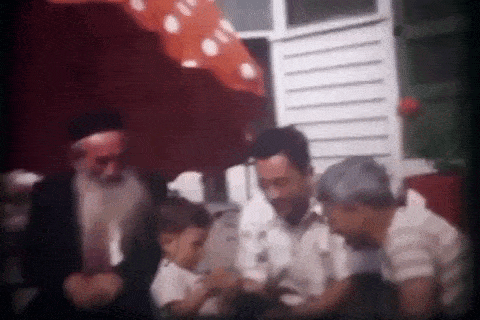
In the fall, in between shoots, I spent an afternoon scanning through some digitized 8 mm footage from my grandparents’ archive of home movies. There’s a 10-second shot that I’ve always found striking. It’s 1948, and my father is two years old. He is surrounded by his father, grandfather, and great grandfather. Four generations of men, of which I am the fifth. They look happy and healthy, delighting in the newest addition to the family. My grandmother is holding the camera.
My great grandfather emigrated from a town that sits near the borders of Ukraine, Belarus and Poland. At Ellis Island, when he was only 18, he changed his name from Tabachandler to Sigal. Thirty years later, my grandfather changed the family name to Chandler. As I understand it, he was a young lawyer having a hard time getting clients with his Jewish surname, Sigal. Shortly thereafter, he co-founded and built a highly successful labor relations law firm, representing management.
What was lost when five generations of men from my family chose to assimilate into America, slowly abandoning the rituals and traditions of their culture, embracing whiteness, at first to survive, and later to reap its material and social benefits?
My father was the first in our family to not speak Yiddish. He was kind and gentle, but he could also be cruel. He once told me he wasn’t sure I was his son because I wasn’t an athlete. I detested team sports – the bravado, the competition. It was the mid-eighties and I felt out of place in our wealthy, WASP-y, suburban town. I was drawn to skateboarding and punk rock, neither of which were immune to bravado or misogyny, but through which I found a way to be myself and to build community, to make art and music. Had I not found those outlets, it’s quite conceivable that my alienation would have turned bitter and toxic. If I squint at a certain angle while looking at photos of myself from back then, I can imagine that alienation eventually erupting into a violent explosion of entitled rage.

A friend remarks that they are shocked by the kinds of extreme security measures that seem to be increasingly common in American schools. I respond that it’s not shocking at all. But at first, I was drawn to the subject matter of Bulletproof because I too found it sensational, alarming and grotesquely seductive. But that thin layer of infatuation quickly dissolved, and behind it was a clear convergence of capitalism, masculinist violence and white supremacy, a trifecta of forces which forged and continue to be foundational to the United States. Tracing those lines, mass violence and the increasingly violent responses to it seem like points on a predictable trajectory. Or, as prison abolitionist Ruthie Wilson Gilmore asked in a recent profile in the New York Times, “Why don’t we think about why we solve problems by repeating the kind of behavior that brought us the problem in the first place?”
Bulletproof never asks this question directly, but it’s something I thought about while listening to police officers moonlighting as security consultants tell groups of wide-eyed school administrators to think of their classrooms as a potential war zone. I thought about the swagger with which they demonstrated to kindergarten teachers how to improvise a barricade with classroom furniture, how to pack a bullet wound with gauze, to be prepared to see their students lying bleeding on the floor. And I kept returning to a question about what some men give up when we force ourselves into the mold of masculinity, the contours of which are shaped largely by a culture of violence, fear, and consumption.
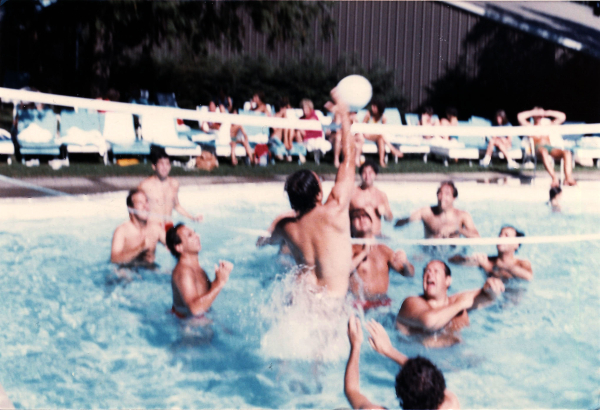
In the summer of 1982, I was eight years old and my family was at a swimming pool. My father was playing volleyball with a group of male friends. He was smiling, laughing, having fun. His face was almost childlike. For a brief moment, I saw him become aware of his own joy. He looked around at the other men as if he were searching for some kind of connection. I realize that this may be entirely my own projection, but I remember it as a spark of vulnerability that he extinguished with the quickness of a reflex. I remember feeling sad for him.
This question about masculinity is one about performance. I noticed it in Colorado, Missouri and Texas, in the firm handshakes, the vicious, dry, sarcasm, and the booming voices of the firearms instructors, in the marching band conductor awkwardly projecting bravado into his hand gestures, in the smug demeanor of the school superintendent convinced that guns and surveillance were the key to building the safest school in America. I noticed it in my father, who was soft spoken and mild mannered. And I notice it in myself. It feels like some kind of inheritance that I didn’t ask for, that I benefit from while it calcifies the most tender parts of my heart. At what point in a life spent performing, does that performance become inextricable from one’s own character?
Bulletproof is being released theatrically at the end of October. My son is turning three in December. He’s soft and sweet and curious. His body quakes with excitement when he sees leaves falling from trees, a garbage truck thundering down the street, the moon high in the morning sky. He’s just starting preschool, just beginning to be exposed to spheres of influence beyond our immediate family, friends and neighbors. I’m still afraid, but he’s teaching me how to be open, to be more vulnerable, how to wonder at the world – this world that is at once frightening, violent, intoxicating, fragile and unbearably tender, just like all the possibilities blooming within him.
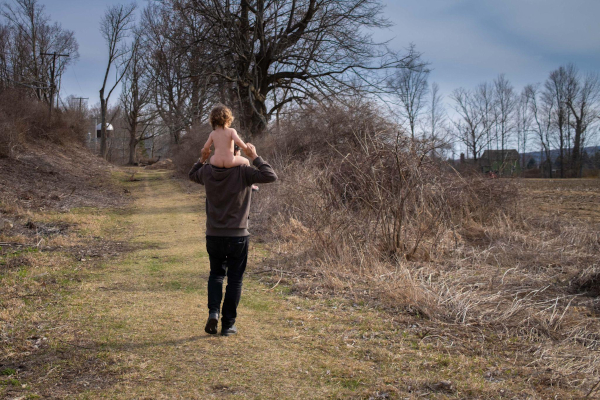
All images and gifs courtesy Todd Chandler.



